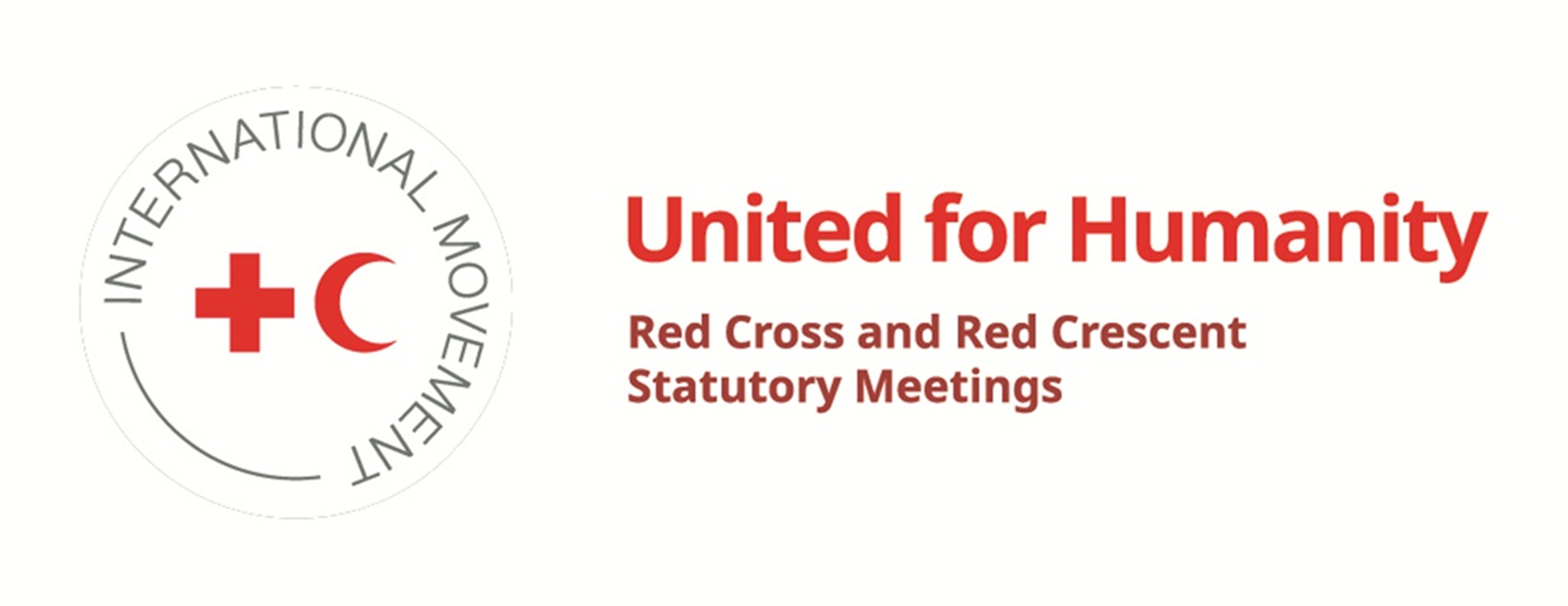Resolution 4: Health Care in Danger: Continuing to protect the delivery of health care together
Report on resolution 4:
– Date: 16.07.2019
– Country: Germany
– Type of entity: National Society
– Which measures have you put in place in order to enhance the secure functioning of health care facilities and medical transport?
The German Parliament (“Deutscher Bundestag”) has recently passed a law to strengthen the measures of protection for enforcement officers and health care personnel / ambulance services. GerRC has actively advocated and supported this legal initiative. Furthermore the German Ministry of the Interior launched a campaign “For a safe Germany”. It calls attention to a more challenging work environment for emergency personnel due to experienced acts of physical and verbal violence. Additionally, the campaign advertises for more respect towards emergency personnel, police officers, firefighters and other occupational groups, which are responsible for maintaining the safety in Germany. The GerRC supports the campaign. The German Red Cross has, at this time, decided to focus its involvement in the HCiD project as such to championing of HCiD in all relevant fora and publicly, whenever applicable, be it in its international work or by supporting statements on the matter.
– Which concrete actions have you conducted to collect and analyze data related to violence against health care? How did you use this information to develop practical measures to address such violence?
Due to the federal structure of Germany and the German Red Cross all ambulance services are regulated by laws at “Länder” (i.e. regional) state level (“Rettungsdienstgesetze”). Data in relation to acts of violence against health care personnel are collected and stored by the respective responsible public authorities. Due to an increased public attention for the topic and the ascertained lack of data on a domestic level, the GerRC recently launched a query on violence and aggression experienced by GerRC emergency personnel within the last 12 months. The target group is mainly emergency personnel, who are working within ambulance services and other services like medical services and/or first-aid services. The aims of the query are (1) to gain a comprehensive and specific overview on the frequency and nature of violence experienced and (2) to develop specific strategies based on the results of the query in order to minimize the danger for GerRC emergency personnel.
– What decisions have you taken to enhance your staff and volunteers’ understanding of the rights and responsibilities of health care personnel? In addition, have you implemented concrete measures (e.g. Safer Access Framework) to ensure the safety of health care delivery?
All responsible sections of the German Red Cross (regional and local branches / chapters) carry out mandatory safety trainings for their staff and volunteers.
– Country: Germany
– Type of entity: National Society
– Which measures have you put in place in order to enhance the secure functioning of health care facilities and medical transport?
The German Parliament (“Deutscher Bundestag”) has recently passed a law to strengthen the measures of protection for enforcement officers and health care personnel / ambulance services. GerRC has actively advocated and supported this legal initiative. Furthermore the German Ministry of the Interior launched a campaign “For a safe Germany”. It calls attention to a more challenging work environment for emergency personnel due to experienced acts of physical and verbal violence. Additionally, the campaign advertises for more respect towards emergency personnel, police officers, firefighters and other occupational groups, which are responsible for maintaining the safety in Germany. The GerRC supports the campaign. The German Red Cross has, at this time, decided to focus its involvement in the HCiD project as such to championing of HCiD in all relevant fora and publicly, whenever applicable, be it in its international work or by supporting statements on the matter.
– Which concrete actions have you conducted to collect and analyze data related to violence against health care? How did you use this information to develop practical measures to address such violence?
Due to the federal structure of Germany and the German Red Cross all ambulance services are regulated by laws at “Länder” (i.e. regional) state level (“Rettungsdienstgesetze”). Data in relation to acts of violence against health care personnel are collected and stored by the respective responsible public authorities. Due to an increased public attention for the topic and the ascertained lack of data on a domestic level, the GerRC recently launched a query on violence and aggression experienced by GerRC emergency personnel within the last 12 months. The target group is mainly emergency personnel, who are working within ambulance services and other services like medical services and/or first-aid services. The aims of the query are (1) to gain a comprehensive and specific overview on the frequency and nature of violence experienced and (2) to develop specific strategies based on the results of the query in order to minimize the danger for GerRC emergency personnel.
– What decisions have you taken to enhance your staff and volunteers’ understanding of the rights and responsibilities of health care personnel? In addition, have you implemented concrete measures (e.g. Safer Access Framework) to ensure the safety of health care delivery?
All responsible sections of the German Red Cross (regional and local branches / chapters) carry out mandatory safety trainings for their staff and volunteers.




